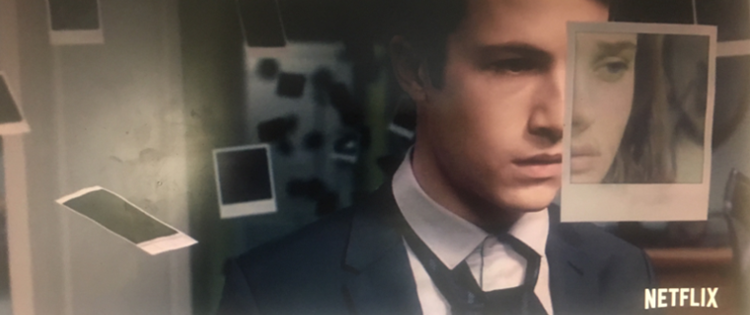
The Joker
The Joker https://mediatrics.com/wp-content/uploads/2020/02/joker.jpg 959 460 Mediatrics Mediatrics https://mediatrics.com/wp-content/uploads/2020/02/joker.jpgQ: There’s a lot of hype around the new Joker movie and its portrayal of violence and the potential it has to incite people to act violently. I know it’s a common argument, but given your experience and expertise, do you think the entertainment industry bears any responsibility when it comes to people acting violently after seeing a violent movie?
Question submitted via Twitter, San Diego, CA
A: This is indeed a common argument and one with no easy explanation. Determining responsibility for acts of violence, in a legal sense, will remain up to our justice system. That being said, from a social science perspective, there are associations between consuming violent content in media and effects on human thoughts and behaviors. When examining the complex relationship between the media violence we consume and how it affects how we think and act, it is important for us to understand that how the violence is portrayed matters.
For example, when movies, TV shows and video games portray violence in a way that sensationalizes or glorifies the violent acts without paying attention to the results of that violence (including loss, physical and emotional suffering), they are more likely to have a desensitizing or numbing effect on viewers/players. This means that the more glorified violent content we unquestioningly consume, the more likely it is that we become less affected by the real-world violence we see in the news and even in our daily lives.
Now violence has been a staple of entertainment and drama since early on in human culture. Shakespearean plays have a great deal of violence, as do operas, as do today’s movies, TV shows, comics and video games. This is in part because sensation-seeking behaviors, including violence and sex, are common and speak easily to many of us, as opposed to subtler character dramas. That is to say, media and theatrical violence are not going away, nor should we try to ban their portrayals in art. What we can do is change how we communicate acts of violence, and how we consume it.
In terms of the responsibility of industry (the movie TV and video game makers), part of their job is to disclose the nature of the content they create. This means not only telling the viewer that violence exists, but also that the violence does not portray its consequences with the same power as its excitement. Our current rating systems (such as the MPAA and ESRB) have made some inroads but still have a long way to go.
Responsibility also lies with us, the media consumer, and this is where media literacy comes in. We need to question how the violence is being portrayed (is it made to look cool, or even glamorous?) and why (what are we meant to feel about the characters and about the violence?). Additionally, taking time to reflect on what is not being shown on screen (such as the victims’ suffering or their family’s feelings of loss) is also important. Becoming media literate (and teaching media literacy to kids) can help all of us better understand the content we consume, including violence, and help us avoid becoming desensitized to it. Most importantly, we need to understand that all media are educational, and that we learn and are changed by the types of media we consume.
Enjoy your media and use them wisely,
~ The Mediatrician
- Post Tags:
- Media Violence
- TV & Movies




